
The world of literature is full of unexpected twists, but perhaps none are quite as profound as the stories of writers whose most significant contributions to the canon only saw the light of day after their final breath. Imagine penning a masterpiece, shaping entire worlds or grappling with profound human truths, only for it to remain a secret, tucked away from the public eye until long after you’re gone. It’s a concept that both fascinates and saddens, yet it has gifted us some of the most enduring and impactful books ever written.
Time, it turns out, is the inevitable foil of literary endeavors—or so it seems. However, an author’s mortality doesn’t necessarily impede a manuscript’s publication or posthumous literary fame. This reading list celebrates writers who got their best-known or most notable work out in the world once they themselves have passed away, in some cases, decades after their last breath. For various reasons, including infirmity, a hostile government, or straightforward rejection of a previously unpublished writer, these books didn’t make it to print in their author’s lifetimes, but instead achieved success in their afterlives.
These are not just tales of unfortunate timing, but testaments to the enduring power of words and the often-unpredictable paths to literary immortality. Join us as we delve into the lives and legacies of 13 beloved writers, each of whom left behind a treasure trove of stories, poems, and insights that would ultimately define their genius and continue to inspire generations, proving that true literary impact can transcend the boundaries of life itself. We begin our fascinating journey with seven incredible figures whose works were almost lost to time.
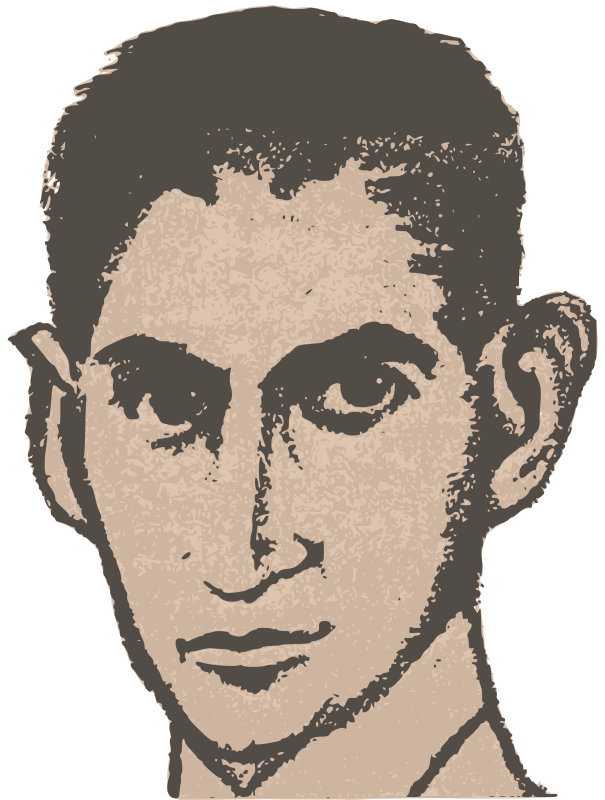
1. Franz Kafka
Franz Kafka’s name is now a byword for surreal and haunting literature, but his own wishes nearly consigned his work to oblivion. It’s hard to imagine a world without his unique voice, yet it almost happened. Kafka asked his trusted friend Max Brod to destroy all his unpublished manuscripts after his death, a request that Brod famously ignored. What an incredible act of friendship and foresight!
Instead, Brod published works like “The Trial” and “The Castle,” texts that would go on to shape the very landscape of 20th-century literature. These aren’t just books; they are gateways to understanding modern anxieties. Kafka’s writing, saturated with anxiety and absurdity, has influenced philosophers, writers, and artists for decades. It’s a testament to the depth of his insights that they still resonate so strongly today.
What’s astonishing is that the world almost never got to read these masterpieces—Kafka’s legacy is a testament to the unpredictable power of literary fate. His posthumous publications have inspired generations to question authority, bureaucracy, and the meaning of existence. The fact that so much of his impact was made after his death only deepens the sense of tragic genius that surrounds his name. It truly makes you wonder what other hidden gems might be out there.
Read more about: When the Camera Stopped Rolling: 9 Visionaries Whose Greatness Echoed Long After They Were Gone
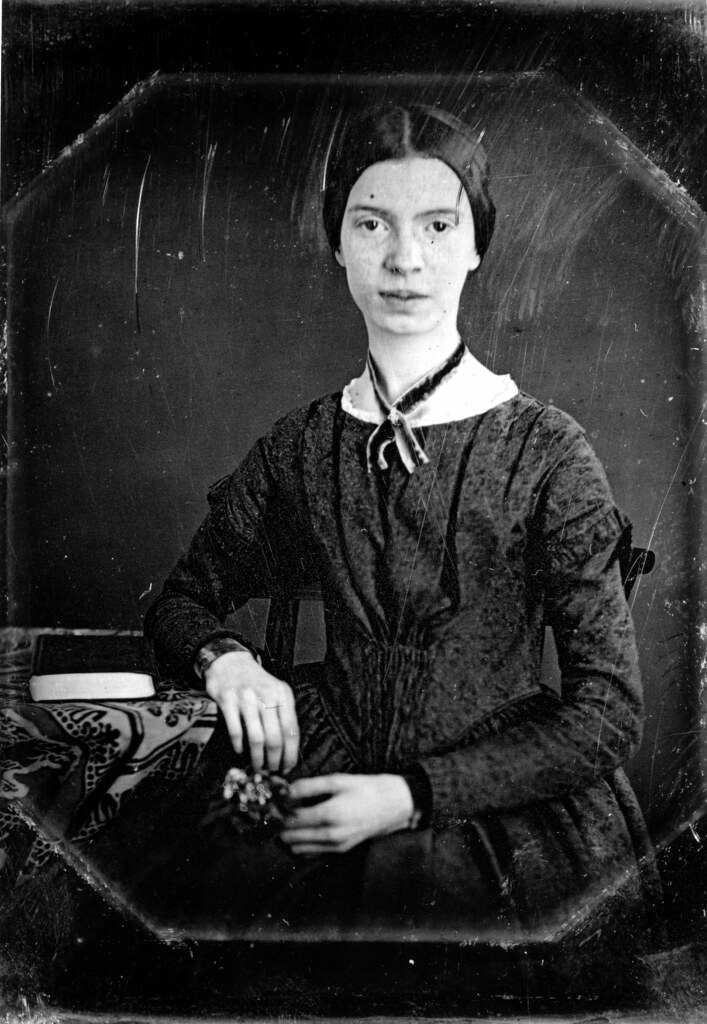
2. Emily Dickinson
Emily Dickinson is now recognized as one of America’s greatest poets, but almost nobody knew her work while she was alive. Can you believe such a profound talent remained largely unseen? During her lifetime, only a handful of her nearly 1,800 poems saw publication—and often those were heavily edited. She was a quiet revolutionary, writing for herself and perhaps, for posterity.
After her death, her family discovered her cache of poetry hidden away in drawers and trunks. Imagine the thrill of that discovery! The sheer volume and originality of her work stunned the literary world, and her unconventional punctuation and slant rhymes have since become hallmarks of modern poetry. Her unique style was ahead of its time, waiting for the world to catch up.
Dickinson’s poetry grapples with themes of death, immortality, and nature in a way that feels raw and immediate even today. The posthumous publication of her poems turned her from an unknown recluse into a towering figure in literature. Dickinson’s story is a powerful reminder that true genius can remain hidden until long after its creator is gone. It’s a powerful lesson in patience and perseverance.
Read more about: Hollywood’s Hidden Gems & Forgotten Fortunes: 14 Celebrity Homes Frozen in Time or Lost to History
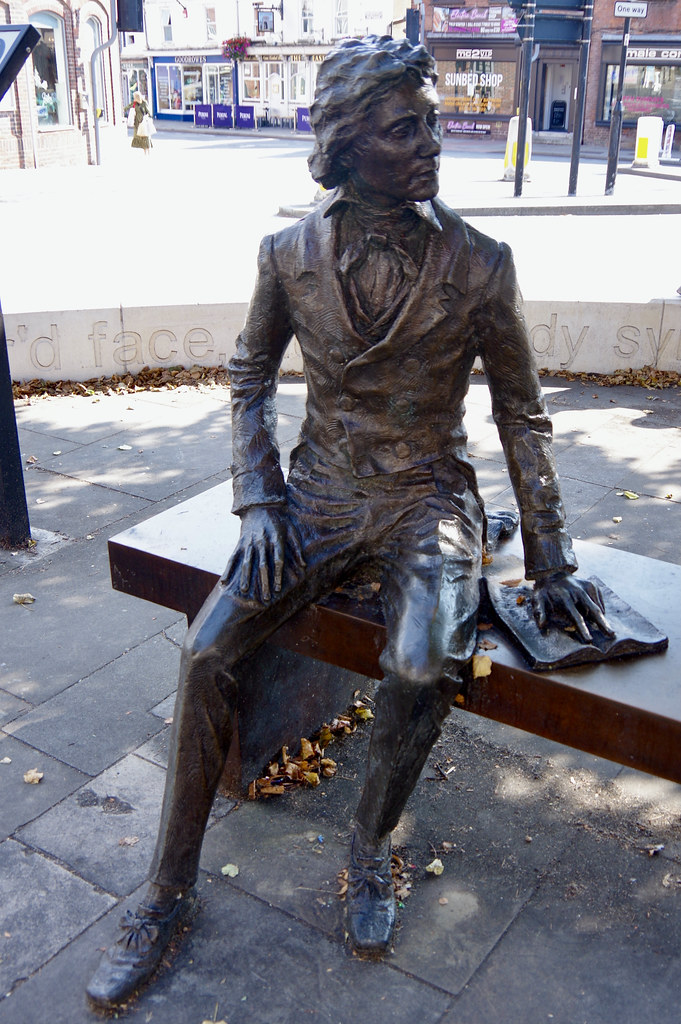
3. John Keats
John Keats was just 25 when he died, convinced he had failed as a poet. It’s heartbreaking to think of a young genius passing away with such a heavy burden. During his brief life, his work was largely overlooked, and he faced harsh criticism from reviewers, who just didn’t seem to understand his brilliance.
Yet after his death, the tide turned dramatically. Critics and readers began to recognize the richness and emotional intensity of his poetry, including iconic works like “Ode to a Nightingale” and “Ode on a Grecian Urn.” These are poems that transport you to another world, filled with beauty and profound emotion. Keats’s exploration of beauty, transience, and melancholy has made his poetry a staple of English literature.
His posthumous reputation grew so much that he is now considered a central figure of the Romantic movement. Keats’s legacy shows how public taste and critical opinion can shift long after an artist is gone, granting them a second life through their words. It’s a beautiful example of how art truly is immortal, even when its creator is not.
Read more about: Kris Kristofferson’s Enduring Journey: A Deep Dive into the Life and Legacy of a Rugged Star

4. Sylvia Plath
Sylvia Plath’s literary reputation soared after her death, thanks in large part to her posthumously published poetry collection “Ariel.” While “The Bell Jar” came out shortly before she died, it was “Ariel” that truly cemented her status as one of the most important voices of the 20th century. It’s incredible how one collection can change everything.
Plath’s poetry is emotionally raw, tackling themes of identity, mental illness, and the female experience with startling honesty. Her words cut deep, reflecting universal struggles with profound clarity. The publication of “Ariel” revealed a new side of Plath, transforming her from a promising young writer into a literary legend. It showcased a vulnerability and power that continues to captivate readers.
Her posthumous success has sparked intense debate about the intersection of art and suffering. Plath’s legacy is a testament to the way a single book, released after its author’s death, can change the course of literary history. It’s a powerful reminder of the enduring impact a writer can have, even when they are no longer with us.
Read more about: Recall the ’60s? These 12 Iconic Authors Defined an Era and Their Books are Still Essential Reads

5. Stieg Larsson
Stieg Larsson never saw the global phenomenon his Millennium trilogy would become. Can you imagine writing something that captivating and not knowing the impact it would have? Larsson died suddenly in 2004, having completed the manuscripts for his three novels—yet none had been published. It’s a truly tragic twist of fate for such a talented storyteller.
The first book, “The Girl with the Dragon Tattoo,” was released posthumously and quickly became a runaway bestseller. Its dark, intricate plot and unforgettable characters, especially Lisbeth Salander, captured the imaginations of readers worldwide. People couldn’t get enough of this thrilling, complex world.
The trilogy’s success led to movies, sequels, and intense interest in Larsson’s personal life and political activism. Larsson’s books have sold millions of copies, making him one of the best-selling authors in the world after his death. His story is proof that sometimes, an author’s greatest impact is felt only after they are gone. It’s a bittersweet legacy of immense success.
Read more about: 15 Beloved Movies That Were Originally Books

6. David Foster Wallace
David Foster Wallace was already celebrated for his dazzling intellect and frenetic prose, but his unfinished novel “The Pale King” was published after his death in 2011. He was a writer who pushed boundaries and challenged readers, and this posthumous work continued that tradition. The novel, which explores the soul-crushing tedium of life at an IRS office, was assembled from thousands of pages and notes he left behind. It’s an incredible feat of literary archaeology.
Despite being incomplete, “The Pale King” was nominated for the Pulitzer Prize, a testament to Wallace’s influence on contemporary literature. His work is known for grappling with depression, addiction, and the search for meaning in modern life, topics that resonate deeply with many. Wallace’s posthumous publications have reignited debates about his legacy and the ethics of publishing unfinished work. It makes you think about the author’s intent versus the reader’s desire.
The popularity of “The Pale King” shows how readers and critics still hunger for Wallace’s singular voice. Even in its fragmented form, the novel offers profound insights into the human condition. It solidifies his place as a visionary who left an indelible mark on literature, inspiring deep conversations long after his passing.
Read more about: Fame’s Price: 8 Geniuses We’ve Elevated Who Caused Irreversible Harm.
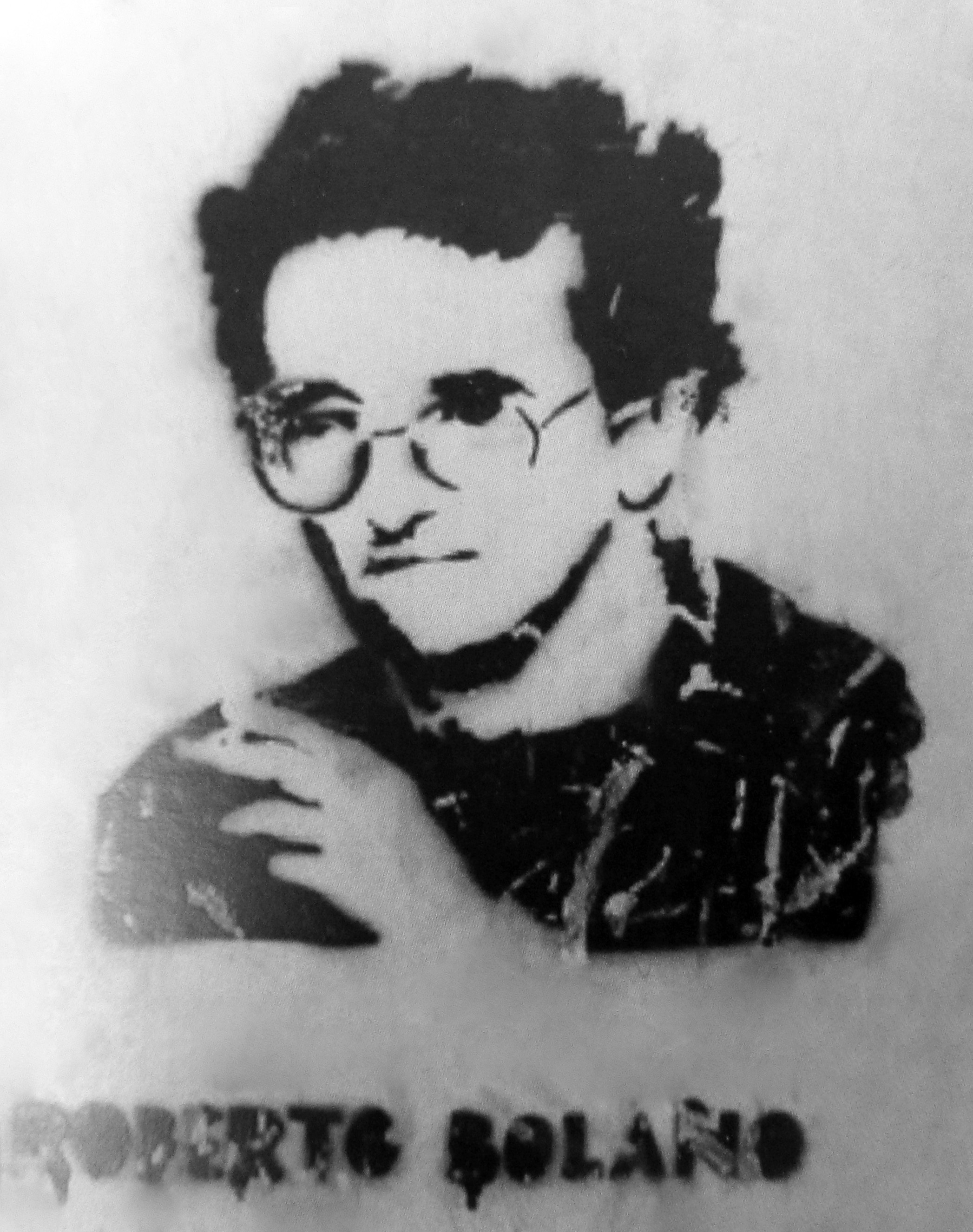
7. Roberto Bolaño
Roberto Bolaño’s fame soared after his death, especially with the publication of the monumental novel “2666.” He had already gained a cult following, but this book launched him into the stratosphere. Released in 2004, the novel was met with near-universal acclaim and won the National Book Critics Circle Award, establishing it as an instant classic. Its power was undeniable.
“2666” is a sprawling, genre-defying work that delves into the violence of the modern world, the mysteries of literature, and the darkness of the human soul. Bolaño’s complex narratives and haunting images have inspired a fervent global following. He created worlds that were both terrifying and utterly compelling, drawing readers in with every page.
His work, much of it published after his death, has been credited with reinvigorating Latin American literature for a new generation. The posthumous success of “2666” has ensured Bolaño’s place among the literary greats. It’s a thrilling example of how a writer’s full brilliance can be recognized only when their complete vision is finally presented to the world.
Continuing our fascinating journey into the literary afterlife, we now delve into the stories of six more giants whose works, unearthed or championed after their passing, have solidified their legacies and sparked endless new conversations among readers. From rediscovered wit to enduring mythologies, these authors remind us that true genius often transcends the boundaries of time, finding its moment to shine when the world is finally ready to listen. Their posthumous contributions don’t just add to their bibliographies; they deepen our understanding of their brilliance and their lasting impact on the literary world.

8. Jane Austen
Jane Austen’s name is synonymous with exquisite wit, keen social observation, and timeless romance, but not all of her beloved novels graced bookshelves during her lifetime. It’s almost unthinkable to imagine these masterpieces waiting for their moment! Both “Northanger Abbey” and “Persuasion,” two of her most cherished works, saw the light of day posthumously in 1817. These novels arrived to eager readers, bringing fresh perspectives on her unparalleled insight into human nature and the complexities of Georgian society.
The release of these additional stories significantly expanded Austen’s already impressive body of work, deepening the world’s fascination with her character-driven narratives and her sharp social commentary. Her astute observations on the intricate dance of class, courtship, and the societal limitations placed upon women have ensured her enduring relevance for centuries. It’s a testament to her genius that these stories, penned so long ago, still resonate deeply with contemporary audiences, sparking discussions and delight.
The late publication of “Northanger Abbey” and “Persuasion” provided a more complete picture of Austen’s literary evolution and her singular genius, solidifying her place as one of English literature’s most adored figures. Her books continue to inspire countless adaptations, meticulous scholarly analyses, and fiercely devoted fan communities across the globe. What a gift to readers, both then and now, to have more of her world revealed after she was gone.
Read more about: Wait, What?! 14 Wildly Forgotten Roles From Hollywood’s Biggest Stars You Totally Missed

9. J.R.R. Tolkien
J.R.R. Tolkien’s boundless imagination didn’t simply stop with the enchanting tales of “The Hobbit” and the epic saga of “The Lord of the Rings.” Indeed, a rich tapestry of Middle-earth’s history and mythology remained to be explored, a testament to the sheer scale of his creative vision. It’s truly amazing how much world-building one mind can achieve! After his death, his devoted son, Christopher Tolkien, undertook the monumental task of painstakingly editing and publishing several of his father’s unfinished projects.
Among these monumental posthumous works are “The Silmarillion” and “The Children of Húrin.” These incredible additions delve even deeper into the intricate mythology and ancient history of Middle-earth, offering a treasure trove of lore that satisfied the fervent cravings of Tolkien’s loyal fans. Imagine the joy of discovering more stories from a world you already love so much! These publications were not just books; they were keys to understanding the very foundations of his invented cosmos, revealing the vastness of his creative ambition.
These posthumous releases have been instrumental in maintaining Tolkien’s unparalleled status as the undisputed patriarch of modern fantasy literature. Christopher’s unwavering dedication ensured that his father’s sprawling vision would reach and inspire new generations, keeping the flame of Middle-earth alive and growing. The ongoing publication of Tolkien’s material has become a remarkable family legacy in its own right, continually enriching the beloved world he created.
Read more about: Unveiling the Formative Crucible: Isaacson’s Tell-All on Elon Musk’s Shaping Childhood and Early Ascensions
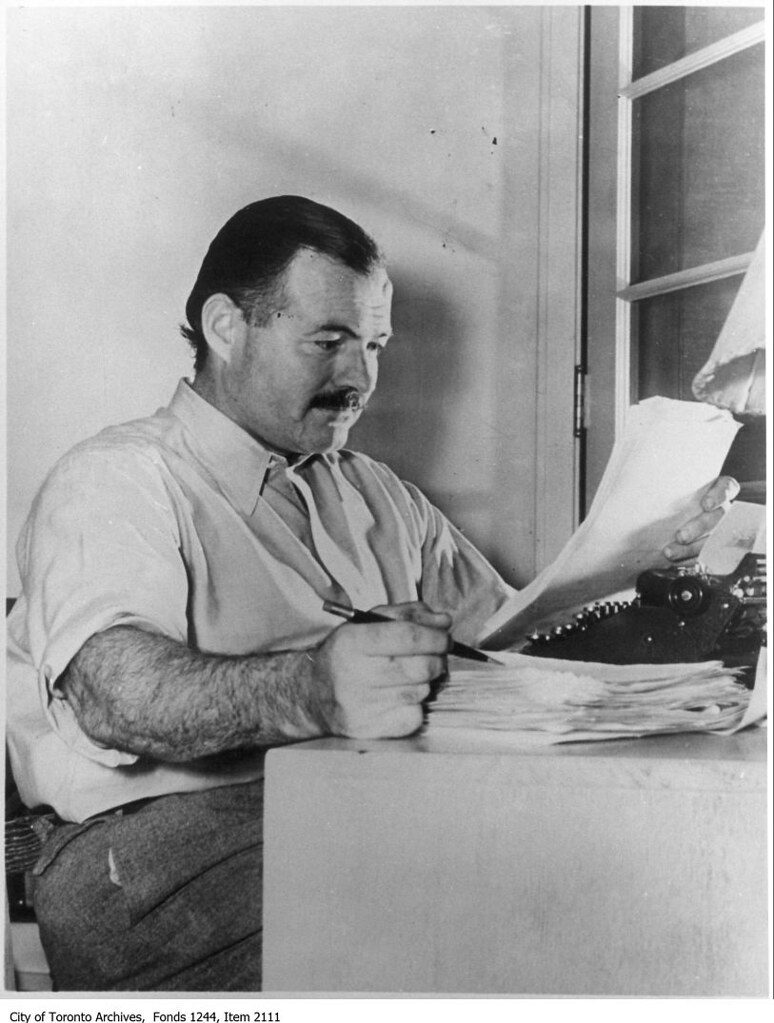
10. Ernest Hemingway
Ernest Hemingway was already a towering literary superstar, a titan of American letters known for his sparse prose and adventurous spirit, at the time of his death. Yet, his profound influence and literary legacy continued to expand even further, thanks to a series of significant posthumous publications. It’s fascinating how a writer’s narrative can evolve even after they’re gone, offering new dimensions to their established persona. Among these notable releases, “The Garden of Eden” and “A Moveable Feast” stand out, both offering intimate and often surprising glimpses into Hemingway’s distinctive craft and his complex personal life.
These later works peeled back layers, revealing a more experimental, vulnerable, and reflective side of Hemingway than many readers had previously encountered. This fresh perspective starkly contrasted with the robust, often macho, public persona frequently associated with him, showing a depth that defied simple categorization. The release of his previously unpublished material ignited a renewed and intense interest in both his writing techniques and the personal struggles that shaped his extraordinary life, prompting readers to reconsider the man behind the legend.
Hemingway’s posthumous works have now become absolutely essential reading for both devoted fans and serious scholars alike. They don’t just fill in gaps; they deepen the enduring mystique of the man and the legend, showcasing the evolution of his thought and artistry. These publications truly confirm that even for the most celebrated authors, there are always more stories waiting to be told, more layers to be uncovered, and more insights to be gained from their incredible bodies of work.
Read more about: The Echoes of Giants: How Enduring Literature Navigates a Fragmented World and a Shifting Cultural Landscape

11. Mark Twain
Mark Twain, the quintessential American humorist and satirist, left the world with a final, rather unique instruction for his autobiography: it was not to be published until a full 100 years after his death. Can you imagine such a grand, century-long literary suspense? When the first volume finally emerged from its long slumber in 2010, it wasn’t just a book release; it was a major literary event that caused an absolute sensation across the globe.
Twain’s candid, famously humorous, and at times sharply biting reflections on his own life and the societal mores of his era offered readers an entirely new, unfiltered perspective on the celebrated author. This posthumous release magnificently brought fresh attention to Twain’s unparalleled wit and enduring wisdom, as well as his remarkable courage to unflinchingly confront controversial topics that were often sidestepped by others of his time. It was as if he was speaking directly to a future generation, free from the constraints of his own.
The autobiography, despite its long wait, quickly soared to the top of bestseller lists, unequivocally demonstrating the timeless and universal appeal of his inimitable voice. Even a century after his passing, Twain’s sharp, incisive observations continue to entertain, provoke thought, and challenge assumptions. It’s a remarkable testament to a writer’s foresight and the enduring power of his words to transcend generations, proving that a true literary legend never really leaves us.
Read more about: Brad Pitt’s Shocking Passion: Unveiling His Hands-On Architectural Journey and Other Unseen Ventures
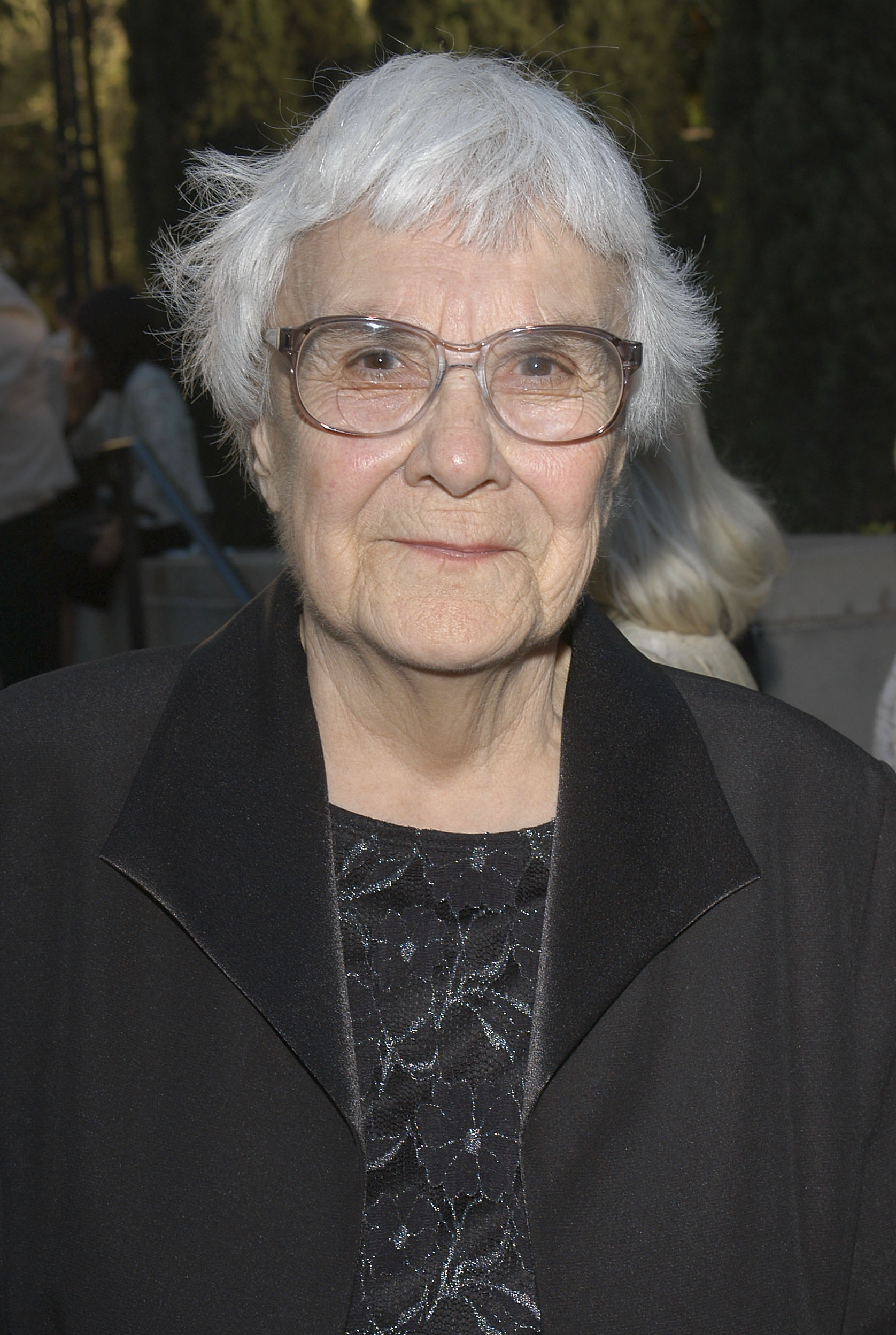
12. Harper Lee
Harper Lee’s “To Kill a Mockingbird” holds an almost sacred place in American literature, a foundational text for generations of readers. Yet, for decades, the literary world only knew her through this single, iconic novel. Then, in a stunning turn of events, her second novel, “Go Set a Watchman,” written before her iconic debut, was finally released in 2015. This unexpected publication wasn’t merely a book launch; it was a bombshell that sparked widespread controversy and intense debate among readers and critics alike.
“Go Set a Watchman” offered a radically different, and for many, a deeply challenging, view of the beloved characters from “Mockingbird,” particularly the revered Atticus Finch. It forced readers to re-examine their assumptions about racial justice and moral integrity in mid-20th century America, shattering preconceived notions. This groundbreaking publication reignited immense interest in Lee’s life, her creative process, and the intricate evolution of her writing over the years. It truly made people think and discuss on a profound level.
While opinions remain sharply divided on the specific merits and implications of “Go Set a Watchman,” its dramatic appearance has undeniably added a complex and fascinating new layer to Lee’s already significant legacy. The compelling story of its discovery and subsequent release stands as one of the most talked-about and debated literary events of the entire decade, a powerful example of how a hidden manuscript can reshape an author’s entire public perception.
Read more about: The Ultimate Movie Experience: $2.2 Billion Investment Reshaping Theatres Across North America
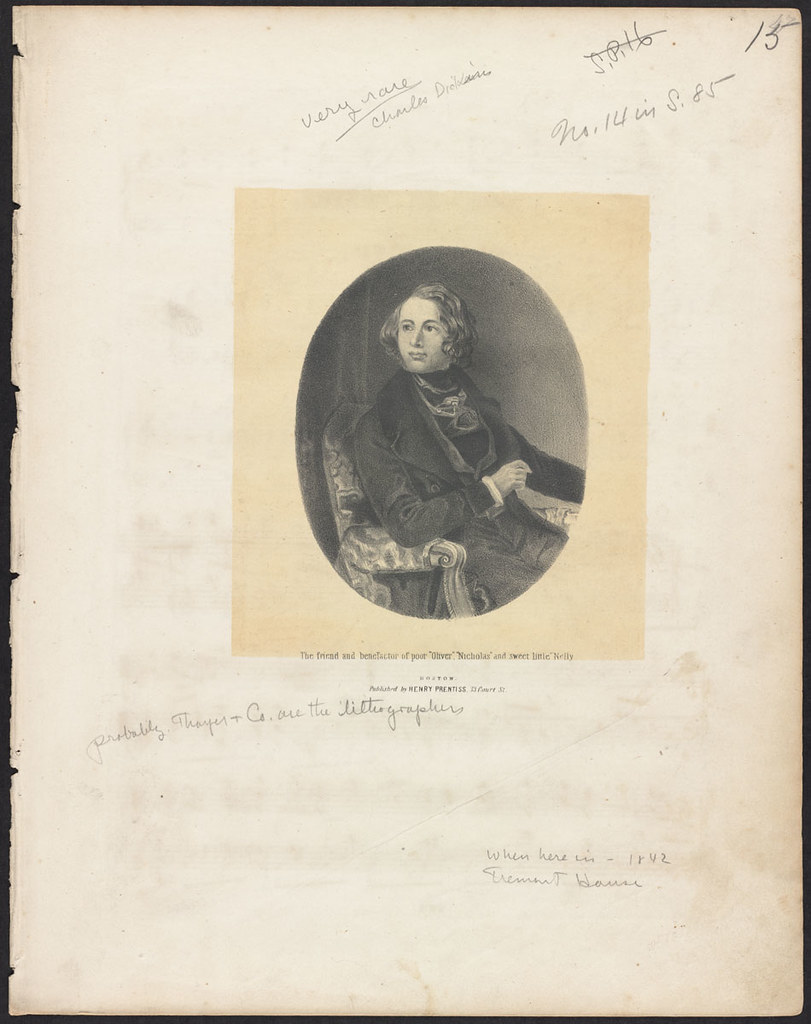
13. Charles Dickens
Charles Dickens, the undisputed master of Victorian storytelling and one of the most influential novelists of all time, left his legions of devoted readers with an agonizing cliffhanger: his unfinished novel, “The Mystery of Edwin Drood.” It’s a truly tantalizing thought, a master storyteller’s final narrative left suspended in time. Dickens tragically died before he could resolve the intricate plot and determine the ultimate fate of his memorable characters, leaving the ending forever open to speculation and endless debate.
The posthumous publication of the incomplete manuscript didn’t just frustrate readers; it ignited a powerful literary phenomenon. It has inspired countless theories, numerous adaptations across various media, and even formal competitions designed to craft a fitting conclusion to the enigmatic tale. Dickens’s unparalleled ability to weave suspense, create vividly memorable personalities, and craft intricate narratives is strikingly evident, even within the fragments of this incomplete work. It showcases his enduring power to captivate even in its unfinished form.
The enduring mystery of Edwin Drood has, in a unique and captivating way, become a fascinating puzzle for both casual readers and dedicated scholars. It continually fuels discussions about literary intent, the nature of closure, and the sheer power of a story left untold, keeping Dickens’s work alive in a profoundly interactive manner. This unfinished novel stands as a remarkable testament to the enduring allure and imaginative genius of a truly great storyteller, inviting us all to participate in the narrative long after the author’s pen fell silent.
Read more about: Beyond the Theme Song: Unpacking the Universal Journey Through the Ages and Stages of Your Childhood
And there you have it, a collection of stories that remind us of the enduring, often unpredictable, journey of literature. These writers, through the posthumous release of their masterpieces, prove that the true impact of words can indeed transcend mortality. Their lives, cut short by fate or circumstance, became the fertile ground for literary immortality, showing us that sometimes, the greatest gifts are given after the giver has departed. What an incredible legacy to leave behind, reminding us that a good story, truly told, will always find its way into the hearts and minds of readers, no matter when it finally arrives.



